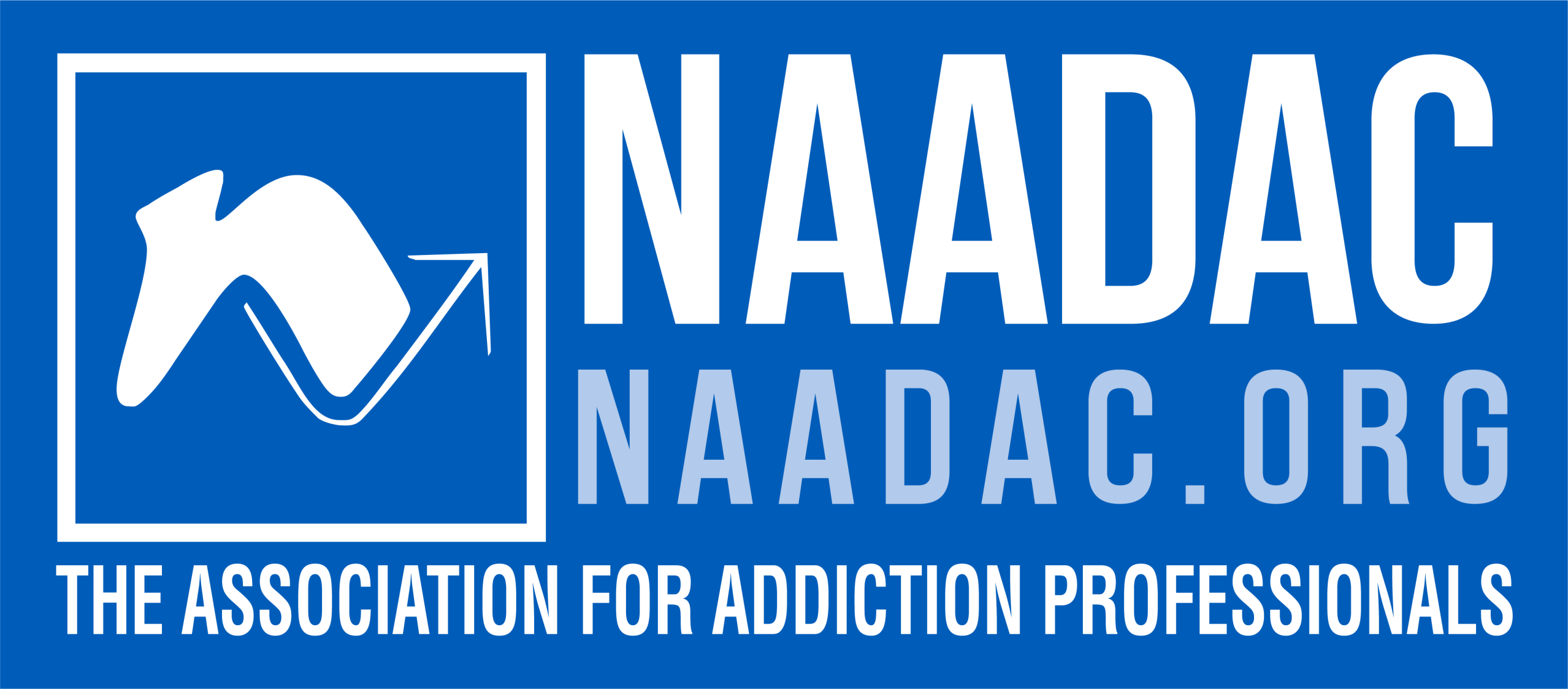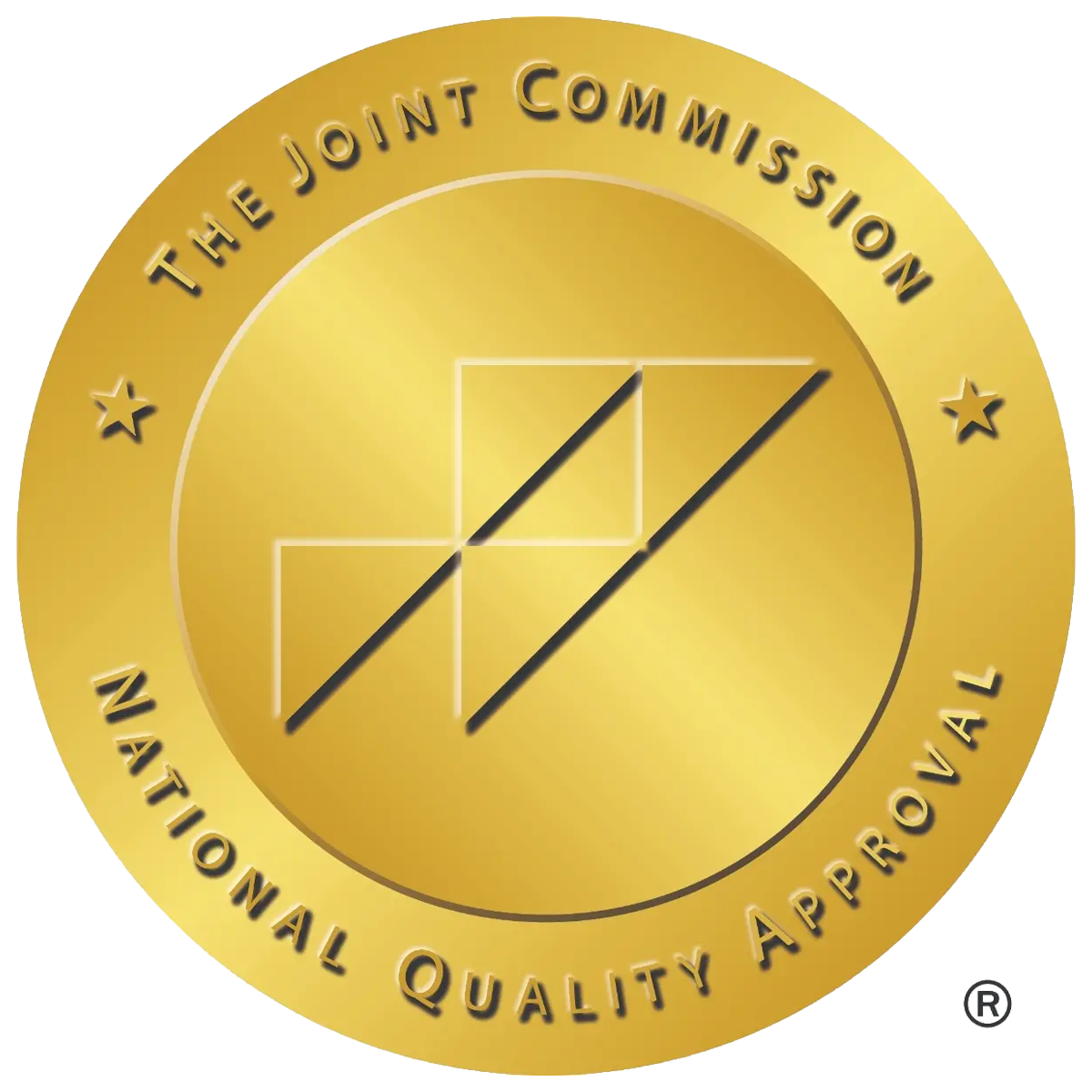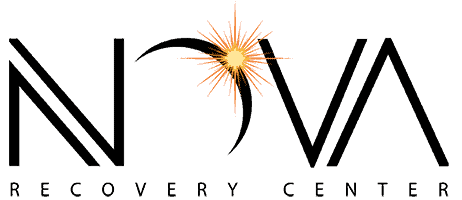Meth Addiction Treatment: Detox and Recovery
GET HELP TODAY!
100% Confidentiality Guaranteed


At-a-Glance: Methamphetamine Page Highlights
ast-acting, highly addictive stimulant that creates intense dopamine-driven euphoria and energy but often leads to binge use due to its short-lived high.
Severe health consequences, including rapid heartbeat, appetite loss, major weight loss, memory decline, tooth decay (“meth mouth”), paranoia, hallucinations, and aggressive behavior.
Withdrawal is challenging—common symptoms include fatigue, depression, intense cravings, sleep disturbances, mood swings, and even suicidal thoughts.
Professional treatment is vital—medically supervised detox, residential/inpatient and outpatient rehab programs, and aftercare such as sober living and peer support are critical for long-term recovery.
Recovery is possible—with evidence-based therapies like CBT and trauma-informed care, personalized treatment plans, and ongoing support, individuals can reclaim their lives.
Table of Contents
What Is Methamphetamine?
Methamphetamine is a powerful and addictive stimulant. It increases dopamine in the brain, which creates a strong rush of pleasure and energy. The effects come on quickly but fade fast, causing many users to binge for days without food or sleep.
This drug comes in powder, pill, or crystal form. Crystal meth looks like bluish-white shards and is often smoked. While there is a legal form used for ADHD or obesity, it’s rarely prescribed due to the risks.
Common slang for meth includes:
- Ice
- Tina
- Chalk
- Glass
- Speed
- Go Fast










Meth Use in the U.S. and Texas
According to the National Institute on Drug Abuse, meth is one of the most dangerous drugs abused in the United States. Use is widespread, and thousands seek meth addiction treatment each year.
In Texas, meth ranks as the top drug threat in major cities. Most of the supply comes from Mexico, making it both cheap and widely available. In 2017, 17% of all substance abuse treatment admissions in Texas were due to methamphetamine use.
Learn More About What Are the Most Common Addictions in Texas
Short- and Long-Term Side Effects
Meth use causes a wide range of health problems. Short-term effects include:
- Euphoria
- High energy
- Rapid heartbeat
- Loss of appetite
- Increased breathing
Because meth stays in the body longer, these effects may last for hours or even days. Over time, long-term use leads to severe health problems like:
- Weight loss
- Memory loss
- Tooth decay (“meth mouth”)
- Paranoia
- Hallucinations
- Violent behavior
Chronic use can also trigger a mental health disorder like anxiety or depression.
Risk Factors for Meth Addiction
Several factors raise the risk of becoming addicted to meth. These include:
- Family history of drug use
- Childhood trauma
- Peer pressure
- Lack of parental guidance
- Living in poverty
Having easy access to drugs and alcohol increases the danger. Even trying meth once can lead to physical dependence.
Signs and Symptoms of Meth Use
Meth addiction can take over quickly. Watch for these signs:
- Strong cravings
- Increased tolerance
- Loss of interest in responsibilities
- Sudden behavior changes
- Withdrawal symptoms when not using
- Legal or financial trouble
These are clear indicators that a person may need treatment for methamphetamine addiction.
Methamphetamine Withdrawal Symptoms
Quitting meth causes difficult addiction withdrawal symptoms. Common signs of methamphetamine withdrawal include:
- Fatigue
- Depression
- Intense cravings
- Sleep problems
- Suicidal thoughts
- Mood swings
These symptoms can be overwhelming, especially without medical help.
Methamphetamine Withdrawal Timeline
Days 1–3: Extreme fatigue and paranoia may begin. Suicidal thoughts may appear.
Days 4–7: Cravings intensify. Headaches, appetite changes, and depression are common.
Days 8–14: Many symptoms fade, but low mood and poor sleep may continue.
Each person experiences withdrawal differently, and symptoms vary depending on health, frequency of use, and duration.
Why Professional Detox Is Important
A supervised detox program is the safest way to quit meth. Detox centers offer medical assistance and monitor dangerous side effects. This support reduces relapse risk and protects mental and physical health.
During medical detox, trained staff provide care around the clock. They help patients manage symptoms, reduce discomfort, and stay motivated.
Meth Addiction Treatment Options
Recovery involves more than detox. Effective methamphetamine addiction treatment includes therapy, structure, and ongoing support.
Inpatient Drug Rehab
In an inpatient drug rehab setting, patients live at the facility full-time. This provides a stable, drug-free space for recovery. Treatment is intense and includes daily therapy, group sessions, and health monitoring.
Inpatient rehabs are ideal for people with severe addiction or multiple relapses.
Outpatient Drug Rehab
Outpatient drug rehab allows clients to live at home. They attend therapy several times a week at a clinic. This is a good option for those with strong support at home or those who must keep working.
More Time. More Joy. More You. Start Now.
WE ACCEPT MOST INSURANCES







Behavioral Therapies
Behavioral therapies are a key part of any treatment plan. Cognitive Behavioral Therapy (CBT) helps people change harmful thought patterns. It builds coping skills to avoid relapse.
Behavioral therapy CBT sessions may include:
- Identifying triggers
- Learning healthy habits
- Developing coping strategies
Programs also offer family therapy, which helps repair relationships and educate loved ones. Therapy sessions can boost accountability and healing.
Other proven methods include:
- Contingency management (rewards for staying sober)
- 12-step programs like Narcotics Anonymous
- Individual and group counseling
Creating a Personalized Treatment Plan
Each person needs a custom treatment plan. Factors like health history, mental health issues, and addiction severity guide the choice of care.
Treatment centers may include:
- Detox
- Therapy (individual and group)
- Life skills training
- Education
- Aftercare planning
Matching the right level of care improves success rates and supports long term recovery.
Aftercare and Sober Living
Recovery doesn’t stop after rehab. Ongoing care helps prevent relapse and supports healthy living.
Sober Living Programs
Sober living homes offer structured living with house rules, curfews, and drug testing. Residents live with others in recovery and support each other. This step is ideal for people transitioning from rehab to daily life.
Support Groups and Alumni Programs
Groups like Narcotics Anonymous and aftercare meetups keep people connected. These support groups offer peer support, encouragement, and guidance.
Relapse can happen, but these services lower the risk. Ongoing care improves quality of life and strengthens commitment to sobriety.
Freedom Starts Here. Take Back Your Life Today.
Same-Day Admissions in Austin Available.
Treating Co-Occurring Disorders
Many people battling meth addiction also suffer from other health issues. These may include:
- PTSD
- Depression
- Anxiety
- Alcohol use disorder
- Opioid use disorder
Integrated care treats both addiction and mental illness. Addressing both leads to better results and fewer relapses.
Finding the Right Program
When searching for help, consider these factors:
- Program reputation
- Staff credentials
- Use of evidence-based treatments
- Access to treatment facilities and treatment centers
- Insurance coverage or financing options
Programs should offer a wide range of treatment options that adjust to each stage of the recovery process.
You Can Recover
Meth addiction is powerful, but recovery is possible. With the right treatment approaches, therapy, and support, people can rebuild their lives. Whether you need detox, therapy, or help managing medical conditions, you are not alone.
Work with healthcare professionals and social workers to find the care that fits your needs. If you or someone you know is ready to seek treatment, reach out today.
Your journey toward healing and a better future starts now.
Learn More About Most Common Addictions in Texas
Methamphetamine Addiction: Common Questions Answered
What shows up as methamphetamine on a drug test?
Methamphetamine use is typically detected on standard drug tests as an amphetamine-type stimulant. These tests can identify the parent drug and its metabolites in urine, blood, saliva, or hair, often remaining detectable for days after last use.
What schedule is methamphetamine classified as?
Methamphetamine is classified as a Schedule II controlled substance in the United States, meaning it has a high potential for abuse and dependence but may be prescribed for limited medical purposes, such as ADHD or narcolepsy.
What is the full chemical name for methamphetamine?
The full chemical name for methamphetamine is N-methyl-1-phenylpropan-2-amine, a powerful central nervous system stimulant that directly affects dopamine release in the brain.
Can Adderall test positive for methamphetamine?
Yes, Adderall can sometimes trigger a false positive for methamphetamine on certain drug tests. Both drugs share structural similarities, which can cause cross-reactivity unless confirmatory testing is performed.
What do ice crystals do?
“Ice,” or crystal meth, produces a powerful rush of euphoria, alertness, and energy. However, it also causes severe physical and mental health problems, including increased heart rate, insomnia, paranoia, and long-term cognitive decline.
What is the slang term for ice?
Common slang terms for ice include glass, crystal, Tina, speed, and shards. These names often reference the crystalline appearance of methamphetamine in its most potent form.
Is meth a hard or soft drug?
Meth is considered a hard drug due to its extreme addictiveness, severe withdrawal symptoms, and dangerous long-term effects on both the body and brain.
Which country uses the most ice?
Usage rates vary globally, but methamphetamine use has been especially widespread in the United States, Southeast Asia, and Australia, where it remains one of the most commonly abused stimulants.

